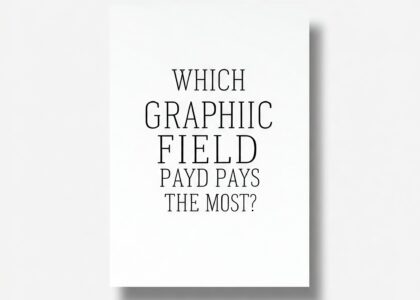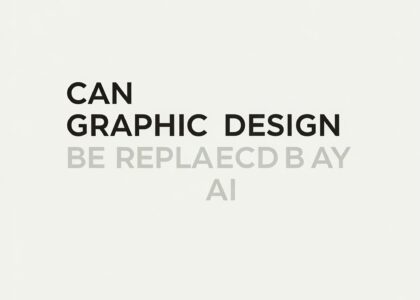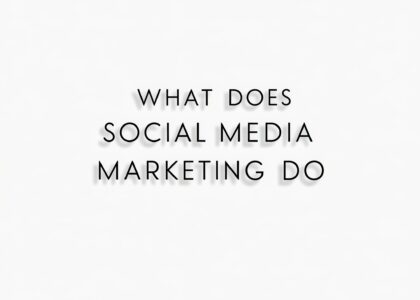Graphic design is a creative discipline that combines art and technology to communicate ideas and messages visually. It is the process of crafting visual content to convey information, evoke emotions, and captivate audiences. Graphic design plays a crucial role in a wide range of industries, from advertising and branding to web development and entertainment.
Core Elements of Graphic Design
Graphic design revolves around several fundamental elements, including:
1. Typography
Typography is the art of arranging text in a visually appealing and readable manner. Designers carefully select fonts, sizes, and spacing to convey the desired tone and message. Typography is a cornerstone of effective communication in graphic design.
2. Color
Colors evoke emotions and set the mood of a design. Designers use color theory to create harmonious and impactful color schemes that align with the purpose of the project.
3. Imagery
Imagery includes photographs, illustrations, and graphics that enhance the visual appeal and storytelling of a design. High-quality visuals are essential for creating compelling designs.
4. Layout
Layout refers to the arrangement of elements within a design. A well-structured layout ensures that the content is organized, easy to navigate, and visually balanced.
5. Space
The use of space, or “white space,” is critical for preventing clutter and guiding the viewer’s eye through the design. Proper use of space creates focus and clarity.
Key Areas of Graphic Design
Graphic design encompasses several specializations, each with unique applications and goals. Some of the key areas include:
1. Branding and Identity Design
Branding focuses on creating a consistent visual identity for businesses or organizations. This includes designing logos, business cards, letterheads, and brand guidelines to ensure recognition and trust.
2. Print Design
Print design involves creating physical materials such as brochures, posters, magazines, and packaging. This area requires a keen understanding of printing techniques and materials.
3. Digital Design
Digital design encompasses graphics for websites, apps, social media, and online advertisements. It emphasizes interactivity and user experience in a digital environment.
4. Motion Graphics
Motion graphics bring static designs to life through animation. This field is commonly used in video production, advertising, and entertainment to create dynamic and engaging visuals.
5. Environmental Design
Environmental design involves creating graphics for physical spaces, such as signage, exhibition booths, and wayfinding systems. This type of design enhances the user experience within a specific environment.
Tools and Techniques in Graphic Design
Graphic designers rely on a variety of tools and techniques to bring their visions to life. Some of the most popular tools include:
- Adobe Creative Suite: Industry-standard software like Photoshop, Illustrator, and InDesign.
- Canva: A user-friendly platform for quick and simple designs.
- Sketch and Figma: Tools for web and app design.
- Procreate: A digital illustration tool for tablets.
In addition to software, designers employ techniques such as:
- Sketching concepts to brainstorm ideas.
- Utilizing grids for precise layouts.
- Applying principles of design, such as contrast, alignment, and balance.
The Role of Graphic Designers
Graphic designers act as visual problem-solvers. They analyze the needs of clients or target audiences and craft designs that fulfill specific objectives. Their work is collaborative, often involving:
- Client Communication: Understanding project goals and expectations.
- Research: Gaining insights into the industry, competitors, and audience preferences.
- Prototyping: Creating drafts or mockups for feedback.
- Final Execution: Delivering polished designs ready for production or publication.
Why Graphic Design Matters
Graphic design is not just about making things look good; it’s about effective communication. A well-designed visual can:
- Capture Attention: Stand out in a crowded market.
- Build Trust: Establish credibility and professionalism.
- Tell Stories: Convey complex ideas through visuals.
- Drive Action: Inspire users to engage, purchase, or share.
Conclusion
Graphic design is an ever-evolving field that blends creativity, strategy, and technology. It is essential for businesses, brands, and individuals looking to communicate effectively and make a lasting impression. Whether it’s a logo, a website, or a social media post, graphic design has the power to transform ideas into impactful visuals.






